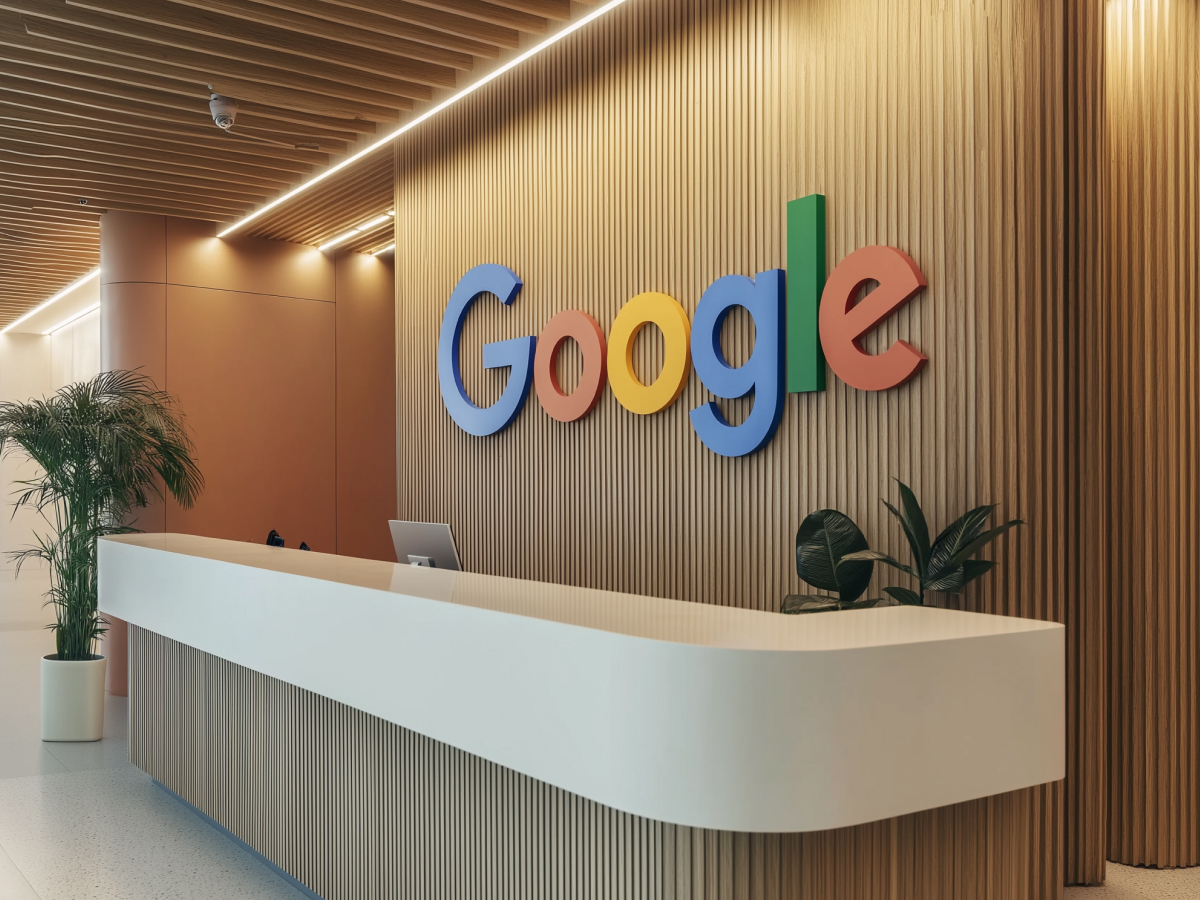What big publishers are really seeing from Google’s AI Overviews
Dotdash Meredith’s surprising AI traffic insights
Google began rolling out AI Overviews in mid-May 2024, raising concerns among publishers about potential impacts on traffic. For Dotdash Meredith, a major digital publisher, the effects have been minimal. According to the company’s analysis, traffic from Google has not dropped much since AI Overviews were introduced.
Less than 50% of Dotdash Meredith’s overall traffic comes from Google search referrals, suggesting a limited dependency on Google for audience acquisition.
AI-generated answers currently appear in about 15% of searches in key categories for Dotdash Meredith, including Health, Technology, and Finance. Despite these categories being critical for their content strategy, the company has observed only minimal differences in click-through rates (CTR) between pages with and without AI Overviews.
The CTR, a key metric for measuring engagement and conversion, does not show a major divergence due to the presence of AI-generated summaries—indicating that, so far, AI Overviews are not deterring users from clicking through to the full articles.
Dotdash Meredith remains cautious, however, acknowledging the potential for future changes as Google continues to develop and update its AI products. Given the rapid evolution of AI tools and algorithms, the company continues to monitor the impact closely, understanding that what holds today may not apply in the future.
Ziff Davis digs into AI Overviews and finds little to worry about
Ziff Davis, another large publisher, has conducted an in-depth analysis of AI Overview impacts across thousands of search queries that generate the bulk of their organic traffic. The results show that AI Overviews appeared in only 8% of these queries, while 92% of search engine result pages did not include AI-generated summaries for the most relevant searches.
This aligns with analyses by other industry experts, which also suggest a limited presence of AI Overviews on key search queries. The data points to a negligible effect on search experience from the perspective of Ziff Davis, with no major changes detected in user engagement or traffic flow.
While early concerns about traffic declines have not materialized, Ziff Davis remains attentive to any shifts that could arise from future updates or broader adoption of AI features by Google. The company is positioned to adapt its SEO and content strategies accordingly, should the landscape change.
Google expands AI Overviews worldwide, here’s what that means
Google’s AI Overviews roll out to everyone in the U.S.
Google has now extended access to its AI Overviews to all users in the United States, regardless of whether they are signed into a Google account. Broader rollout increases the reach of AI-generated summaries across different demographics, including casual users who might not typically be signed in while searching.
Removing the sign-in requirement, Google is likely aiming to collect more comprehensive data on user behavior and interactions with AI Overviews, potentially improving the service’s accuracy and relevance over time.
Google takes AI Overviews global, are you next?
Google is also expanding AI Overviews to several international markets, including the United Kingdom, India, Japan, Indonesia, Mexico, and Brazil—representing a diverse range of search behaviors, languages, and user needs, providing Google with valuable data to refine its AI tools.
The expansion includes the extension of Search Labs AI Overview experiment features and access, letting Google test new functionalities and gather feedback from a global user base.
International rollout suggests Google’s strategy to make sure AI Overviews become a key part of the search experience worldwide, adapting to regional nuances while maintaining a consistent level of service.
What’s new in Google’s AI Overview for desktop and mobile users
Google’s new look for AI Overviews changes how you see search
Google has introduced a new right-hand link display for AI Overviews on desktop, which aims to make it easier for users to identify and access relevant content. On mobile, users can access a similar feature by tapping on site icons positioned in the upper right corner of search results.
This redesign is intended to improve the user experience by making it simpler to find and click on desired links, potentially increasing the traffic directed to publishers’ websites.
Google’s plan to make AI Overviews more clickable
Google is currently testing the addition of direct links to relevant web pages within the text of AI Overviews. The new feature complements existing AI Overview link cards, which typically appear at the end of the summary.
Embedding links directly in the overview text, Google aims to create a more unified user experience, encouraging users to click through to the source material. The goal here is to make the AI-generated summaries more interactive and informative, ultimately driving more traffic to content creators and publishers.
What Google’s AI Overviews mean for your SEO strategy
Early reactions to AI Overviews and what comes next
Generative AI tools like Google’s AI Overviews are beginning to impact how users interact with search results. The initial rollout caused a wave of concern among SEOs, publishers, and content creators about the potential impact on traffic and user engagement.
Early insights suggest that the impact of AI overviews is so far minimal.
Both Dotdash Meredith and Ziff Davis report only minor changes in traffic and CTR, even with AI Overviews appearing in some of their key search queries.
The situation, however, remains dynamic. As Google expands its AI Overview features and reaches more markets, changes in user behavior and search engine algorithms could alter the current outlook. Continuous monitoring of traffic patterns and CTR differences remains a priority for publishers to adapt to these evolving trends.
How publishers can adapt to the rise of AI Overviews
Publishers are advised to keep a close eye on developments in AI Overview usage and the resulting shifts in traffic and engagement metrics. Understanding how these changes impact specific content categories and search queries will be vital.
Adapting SEO strategies may involve optimizing content for both traditional search engine results and AI Overviews, focusing on creating highly relevant, authoritative content that answers user queries effectively.
As Google continues to experiment and refine its AI tools, publishers should remain agile, ready to pivot strategies as needed to maintain visibility and engagement in this evolving search market.
Final thoughts
As Google’s AI Overviews continue to expand and evolve, brands must ask themselves: Are you prepared to adapt to this new search market, or will you risk losing visibility and engagement?
Now is the time to refine your digital strategy, tap into the power of AI, and stay ahead of a rapidly shifting market. How will your brand lead in a world where AI is disrupting how audiences find and consume content?




